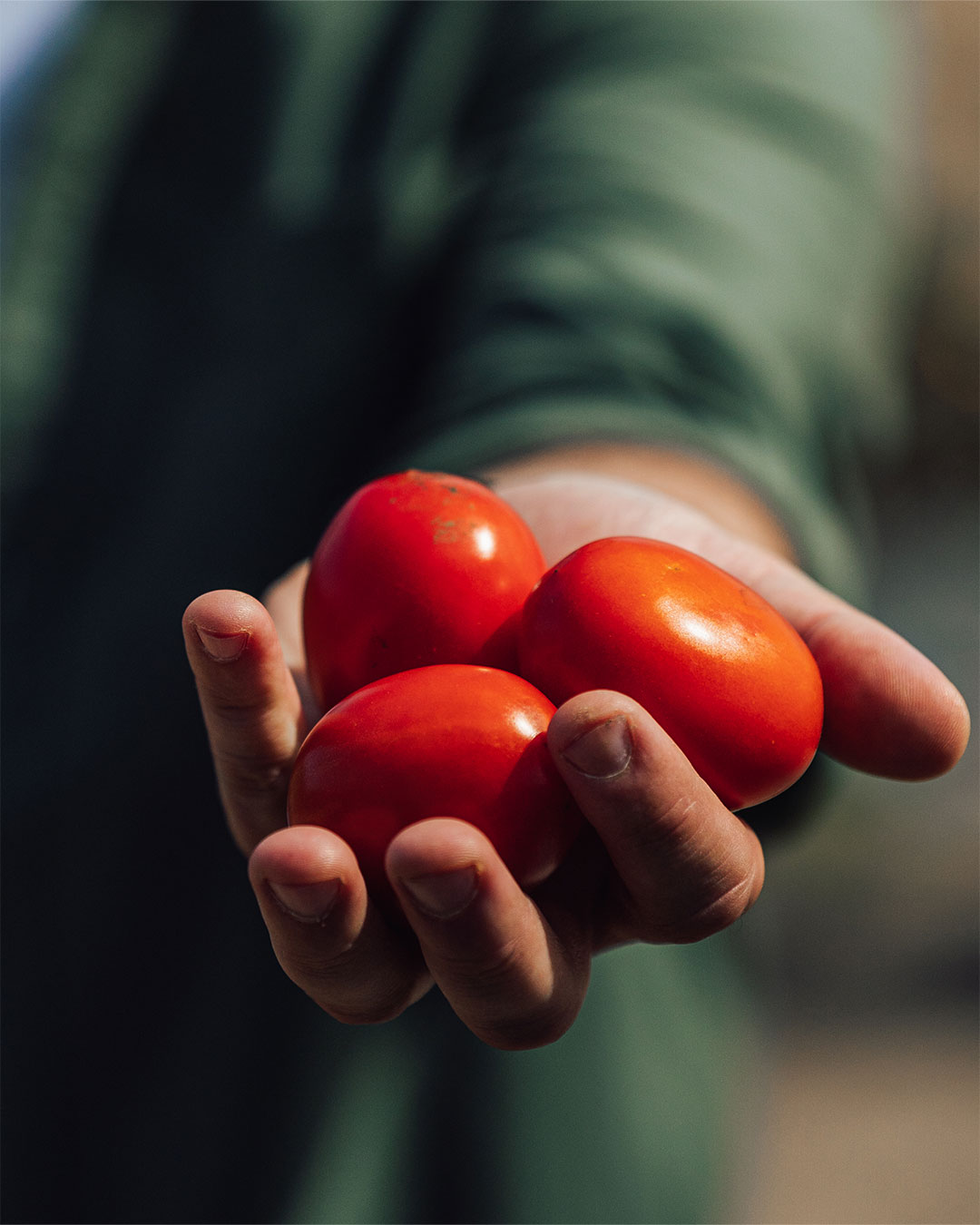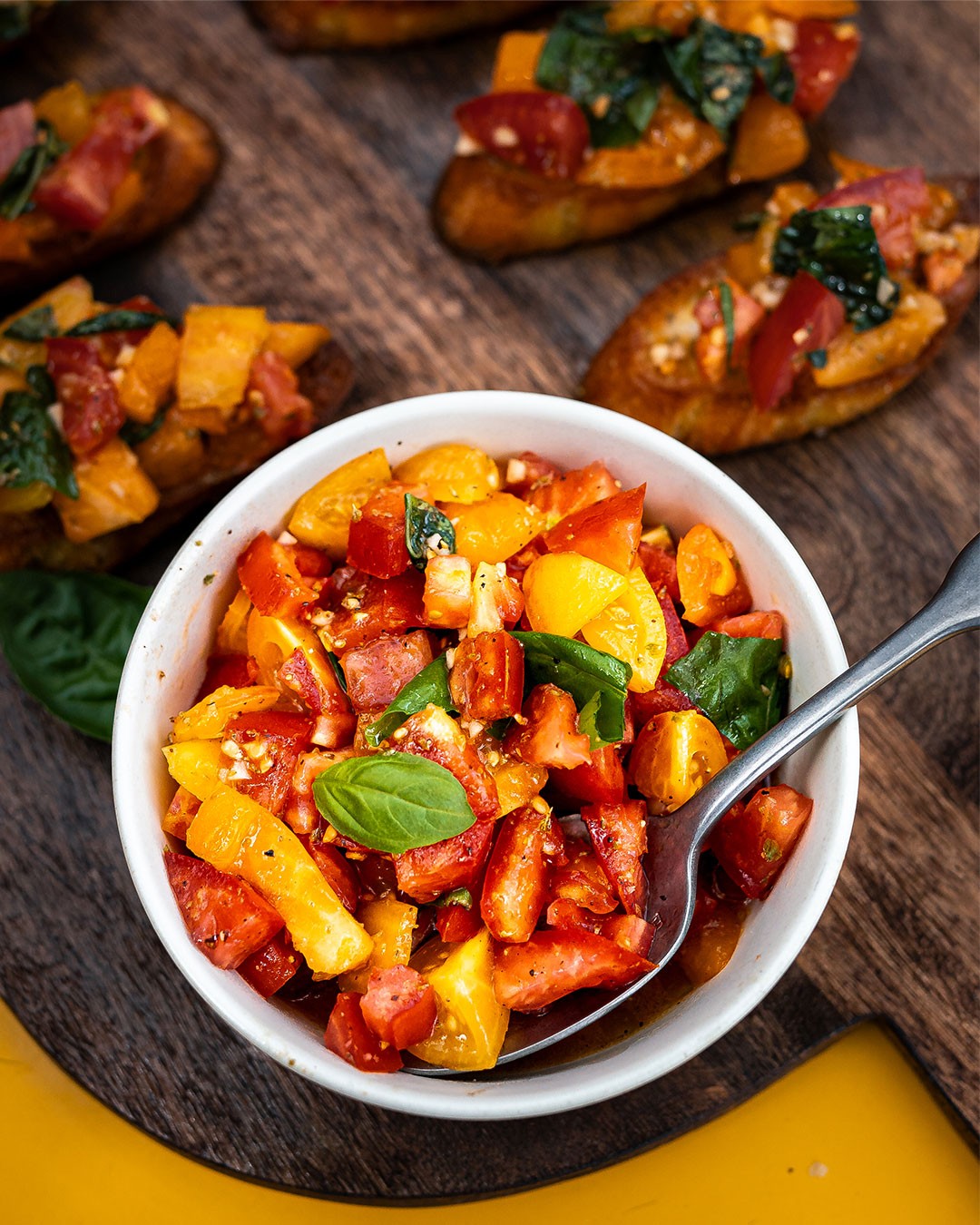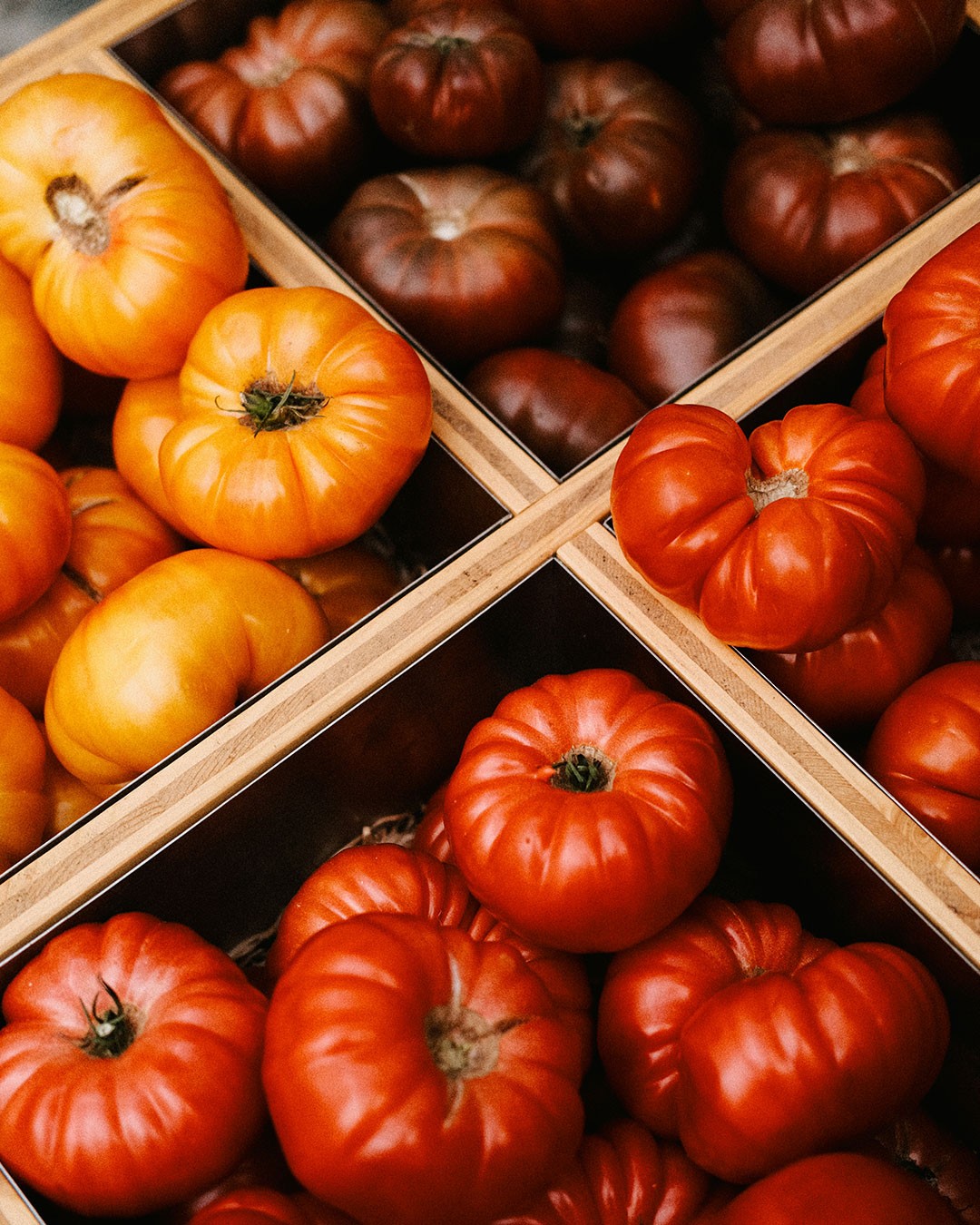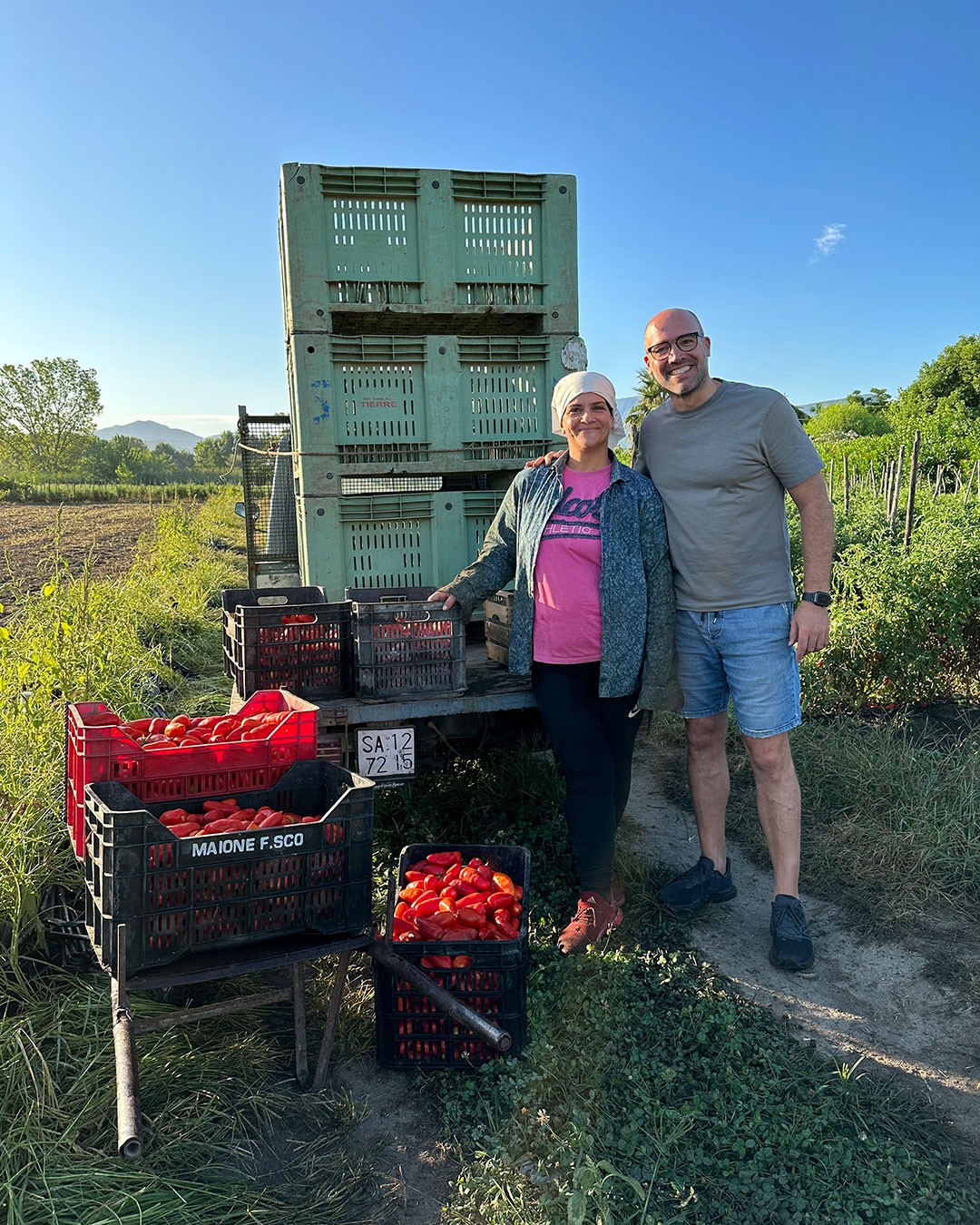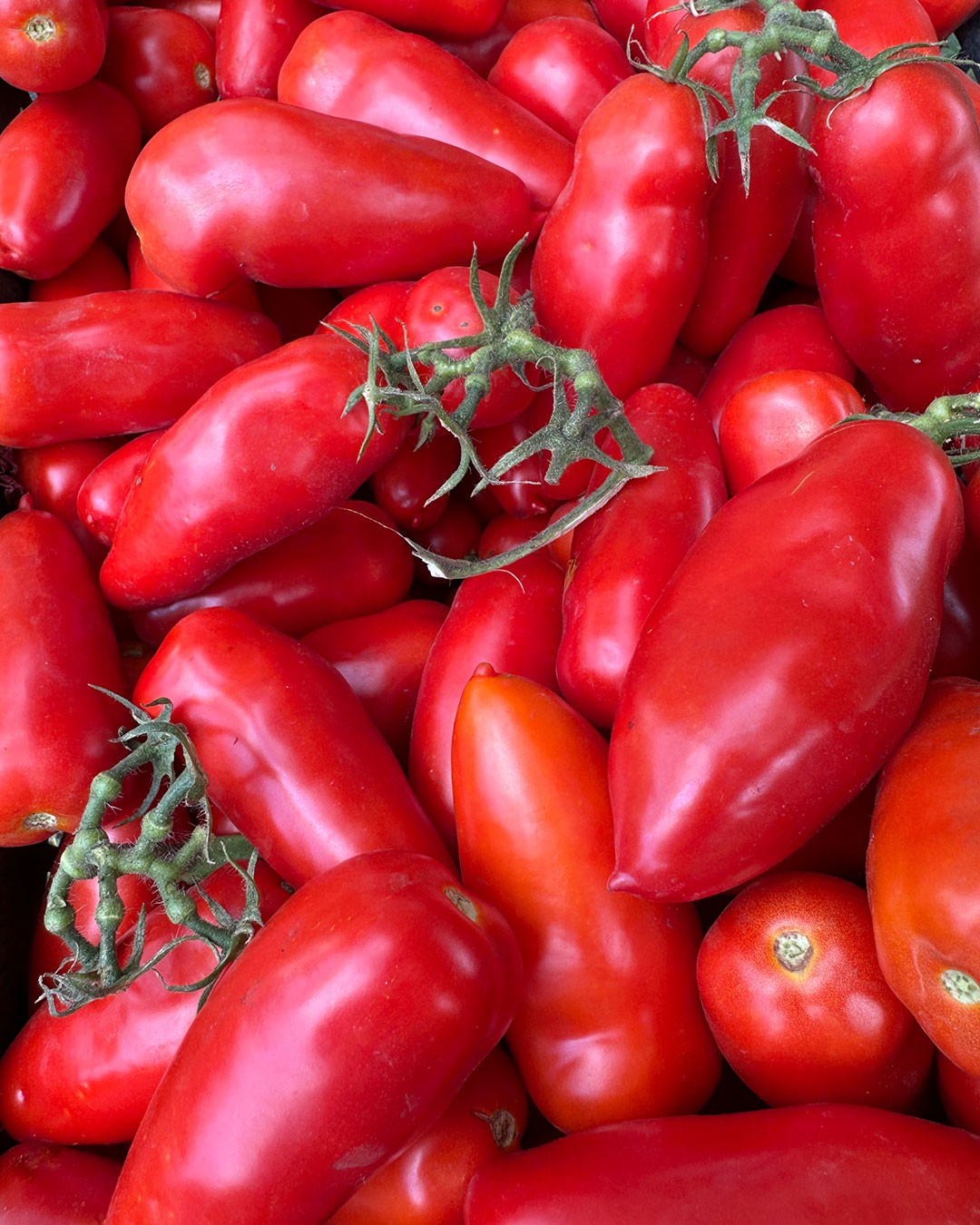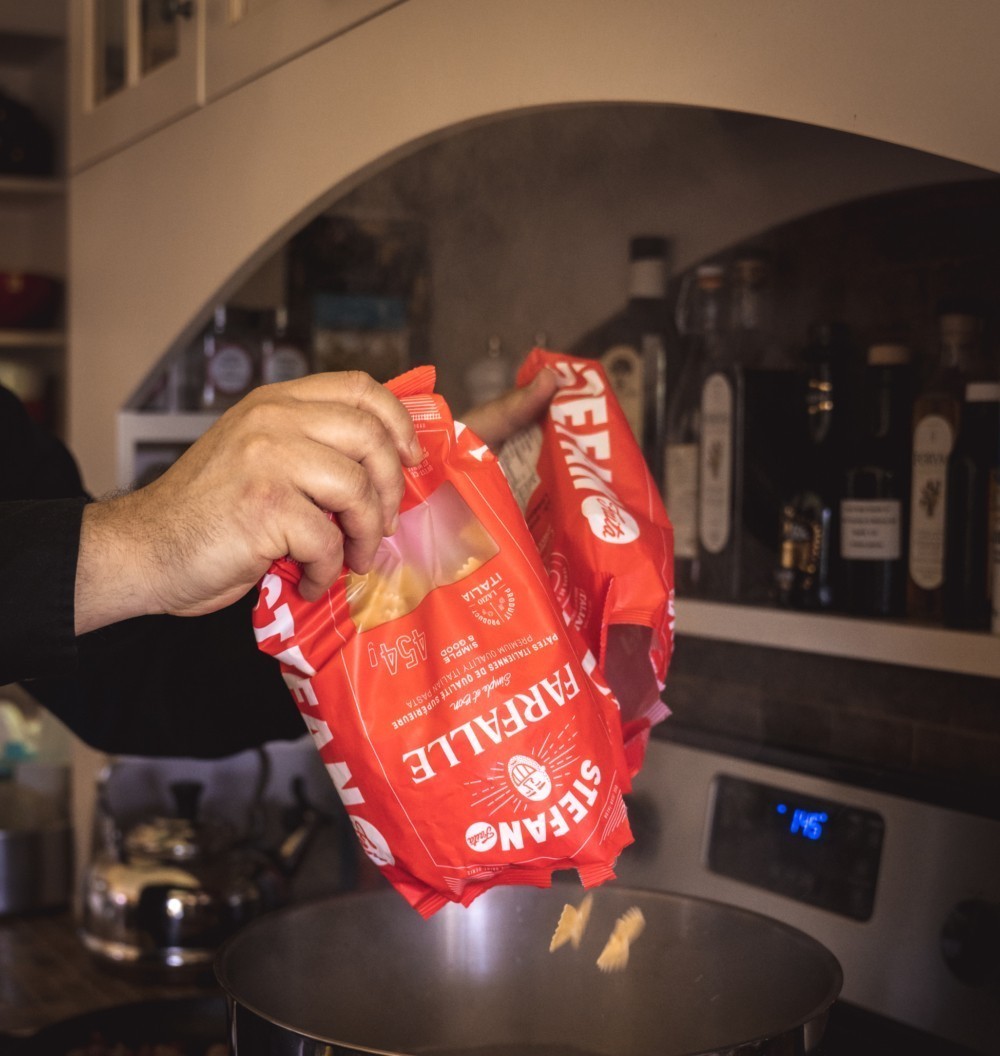The Tomato, Our Passion Fruit
What’s round, red, and remarkably delicious? The almighty tomato! The star of Italian cuisine has become synonymous with family favourites and summer bounty. But do we really know our beloved tomato? (Yes, it is technically a fruit. No, you don’t have to put some in your desserts. Although…) Tag along for a 360-degree study of the plump queen of Italian cooking. Dig in!
From Xitomatl to Tomato, via Pomodoro
Nowadays, thinking of tomatoes almost immediately sends us on a mental Italian vacation. However, it’s the Inca and Aztec cultures we should thank for cultivating the magical fruit many, many years before it made its timid entrance into European gardens. The tomato was already harvested in Peru and Ecuador in the fifth century, almost 1000 years before the conquistadors brought it back to Spain and Portugal, thus planting the seed of its European adoption. And contrary to our current obsession, it was no love at first sight! For a long time, Italians were wary of tomatoes as they resembled other toxic plants, such as belladonna, which was used to make poisons. That’s why the tomato plants were first used as ornamental varieties, rather than supper staples.
Slowly, people familiarized themselves with the vibrant flavour and versatility of the pomodoro, and soon enough, it became the star of a very long list of dishes all over the country. The thing is, tomatoes aren’t only delicious, they are also very productive—you only need a few plants to harvest a substantial quantity—, easy to grow, packed with vitamins, adapted to dry, sunny environments, and very convenient with their easily extractable and storable seeds. Rumour has it Italians also considered the fruit to be an aphrodisiac… which probably scored it some points in terms of popularity. And so, it’s through a lengthy European detour that the Southern American tomato made its way to North America. A winding road that spanned over centuries, as the tomato first arrived in Québec only in the 1850s. Hard to imagine a world without tomato spaghetti, panzanella, bruschetta… or ketchup!
Green Zebra and Beefsteak Please
Black Krim and Atomic Grape salad, anyone? Skimming through the lavish array of tomato varieties that have been developed over the years is enough to make your head spin. Not to mention the names ranging from poetic to straight-up silly. Red, yellow, green, pink, orange or black. Cherry, plum, date, grape, giant, cluster or vine. There are over 10,000 different tomato varieties all over the world! Such astounding diversity is a true testament to the love we have for the almighty tomato and the central place it holds in kitchens worldwide. They say variety is the spice of life, and we couldn’t agree more. Each type of tomato has its own set of particular attributes: more or less water content, sweeter or zestier flavour, denser or more delicate pulp, and so on. To each situation, its optimal tomato—and when that situation calls for the preparation of rich, concentrated sauces, there’s only one answer.
The Roma From Striano
Roma or Romanelli is a well-known Italian variety beloved for sauces and purees thanks to its plump flesh and low water and acidity levels. No wonder we use it exclusively for our Stefano sauces! Our tomatoes are cultivated in the Striano region of Campania in Italy, not too far from Naples. We entrust Rega, a family business, with the cultivation and harvesting of our tomatoes. The father of the family, Luigi, started it in 1965, and his five children then took over, maintaining the traditional and sustainable techniques that have ensured its success and flawlessly high-quality product. We bet the naturally phosphate and potassium-rich volcanic soil also has something to do with it!
The fields are located right near the renowned San Marzano region, which holds Protected Designation of Origin (D.O.P.) status—just like Modena balsamic vinegar and Parmigiano Reggiano—thanks to its exceptional quality and deep-rooted culinary and agricultural traditions. Fun fact: “San Marzano” can refer both to the historical terroir and to a tomato variety that might be grown in North America, outside of the original (and optimal!) region. That’s why Italian-grown San Marzano tomatoes tend to cost more. As always, it’s worth reading the fine print at the grocery store.
From day one, we knew that everything we made at Stefano had to start with simple, good, high-quality ingredients. Our Italian Roma tomatoes check all those boxes and then some—making them the perfect base for our deliciously authentic sauces.
If the tomato needs no introduction, it certainly deserves our everlasting admiration. From the quick tomato sandwich to the boastful Sunday ragù, it makes everything better with its unique sweet, tart, fragrant charm. Tomato, tomahto, pomodoro: call it what you will, the golden fruit will answer beautifully!
Need a little kitchen inspiration? Discover our best tomato-based recipes right here.

